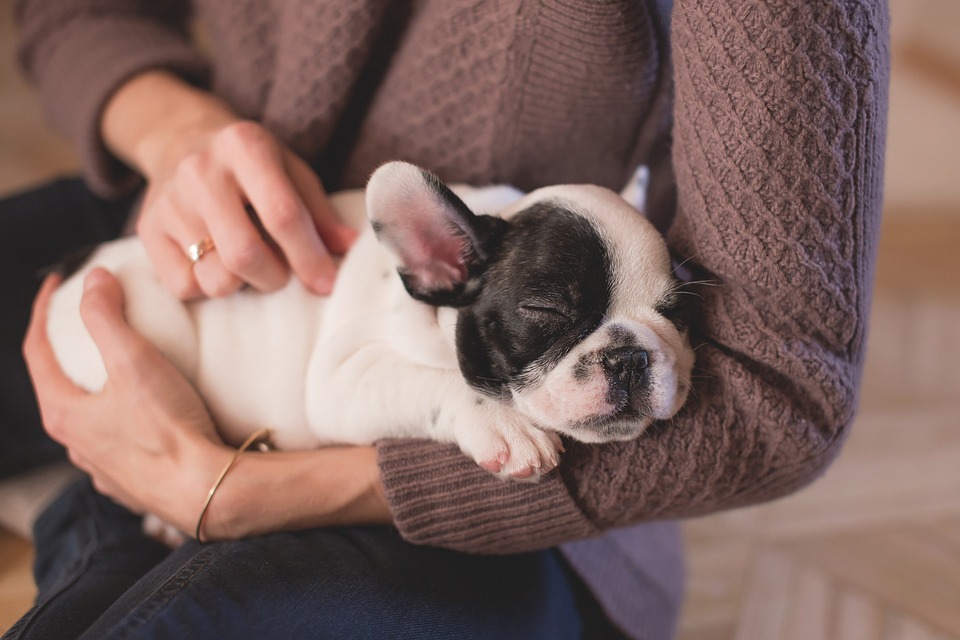Introduction:
As a responsible dog owner, it is crucial to prioritize the cleanliness and maintenance of your furry friend’s food and water bowls. Not only does this ensure your dog’s health and well-being, but it also helps maintain a hygienic environment in your home. In this article, we will discuss the significance of regularly cleaning and maintaining your dog’s food and water bowls, along with some helpful tips to make this task easier. Additionally, we will address frequently asked questions to provide you with a comprehensive guide to dog bowl care.
I. The Significance of Clean Dog Bowls
A. Preventing bacterial growth and contamination: Food and water bowls can harbor harmful bacteria if not cleaned regularly. This can lead to health issues for your dog, including diarrhea, vomiting, and even more serious infections.
B. Avoiding potential health issues for your dog: By regularly cleaning your dog’s bowls, you can minimize the risk of foodborne illnesses and other health problems.
C. Promoting proper digestion and preventing stomach upsets: Clean bowls ensure that your dog’s food and water are free from contaminants, allowing for proper digestion and reducing the likelihood of stomach upsets.
II. How Often Should You Clean Your Dog’s Bowls?
A. Daily cleaning routine for water bowls: Water bowls should be cleaned and refilled with fresh water every day to prevent the growth of bacteria and ensure your dog always has access to clean water.
B. Frequency of cleaning for food bowls: Food bowls should be cleaned after each meal to remove any leftover food and prevent bacterial growth.
C. Signs that indicate it’s time for a thorough cleaning: If you notice a slimy film or an unpleasant odor coming from your dog’s bowls, it’s a sign that they need a thorough cleaning.
III. Step-by-Step Guide to Cleaning Dog Bowls
A. Gather necessary cleaning supplies: You will need a scrub brush or sponge, pet-friendly dish soap, and hot water.
B. Pre-rinse the bowls: Rinse off any remaining food or debris from the bowls before washing them.
C. Use pet-friendly dish soap: Use a mild dish soap that is safe for pets to clean the bowls thoroughly.
D. Scrub the bowls thoroughly: Scrub the bowls with a brush or sponge to remove any remaining residue.
E. Rinse and dry the bowls properly: Rinse the bowls with hot water to remove any soap residue, and then dry them thoroughly to prevent bacterial growth.
F. Sterilizing plastic or ceramic bowls: If you have plastic or ceramic bowls, you can sterilize them by soaking them in a mixture of one part bleach to ten parts water for ten minutes. Rinse them thoroughly afterward.
IV. Tips to Maintain Dog Bowls
A. Avoid using abrasive materials: Scrub brushes with harsh bristles or abrasive cleaners can scratch the surface of the bowls, making them more difficult to clean and potentially harboring bacteria.
B. Do not leave food sitting in the bowls for extended periods: Remove any uneaten food from the bowls after each meal to prevent bacterial growth.
C. Store bowls properly when not in use: Store the bowls in a clean, dry area to prevent dust and dirt from accumulating on them.
D. Regularly inspect for wear and tear: Check the bowls for any cracks, chips, or signs of wear. If you notice any damage, replace the bowls immediately to ensure your dog’s safety.
V. Frequently Asked Questions (FAQs)
1. How often should I replace my dog’s bowls? It is recommended to replace your dog’s bowls every six to twelve months or sooner if they show signs of wear or damage.
2. Can I wash my dog’s bowls in the dishwasher? Yes, most dog bowls are dishwasher safe. However, it is important to check the manufacturer’s instructions to ensure that the bowls are suitable for dishwasher use.
3. Is it necessary to sterilize stainless steel bowls? Stainless steel bowls are naturally resistant to bacteria, but it is still a good practice to regularly clean and sterilize them to maintain optimal hygiene.
4. What are the best materials for dog bowls? Stainless steel and ceramic are considered the best materials for dog bowls as they are durable, easy to clean, and do not harbor bacteria as easily as plastic bowls.
5. Can I use bleach to clean my dog’s bowls? Yes, you can use a diluted bleach solution to sterilize plastic or ceramic bowls. However, make sure to rinse the bowls thoroughly afterward to remove any remaining bleach residue.
Conclusion:
Regularly cleaning and maintaining your dog’s food and water bowls is essential for their overall health and well-being. By preventing bacterial growth and potential contamination, you can ensure a safe and hygienic feeding environment for your beloved pet. Remember to follow the step-by-step guide provided and implement the tips for maintaining dog bowls to keep them in optimal condition. By doing so, you are not only promoting a healthy lifestyle for your furry companion but also showing your dedication as a responsible dog owner.









